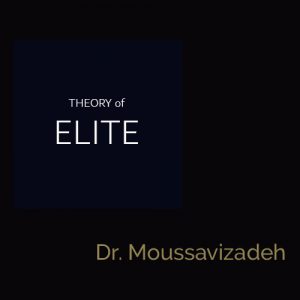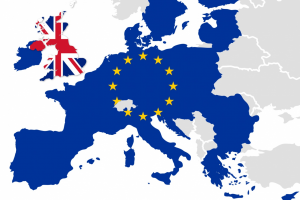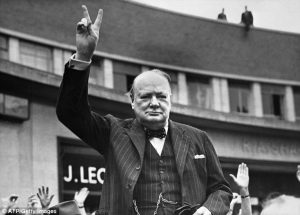Power, and Elite Theories
In modern society, “the power elites are not solitary rulers. Advisers and consultants, spokesman and opinion-makers. are often the captains of their higher thought and decision. Immediately below the elite are the professional politicians of the middle levels of power in the congress”40 (in the United States’ case, and partially in the parliament in the case of the United Kingdom) “and in the pressure groups, as well as among the new and old upper classes of town and region”.41 (This is as a result of growing numbers of large corporations, establishment of trade unions and the development of po1itical parties.
Therefore, it could be said that power is an attribute of institutions. The power elite is made up of those people who are in a position to make decisions with major consequences and in command of the major hierarchies and organizations of modern society. The elite is thus described in terms of its potential power rather than actual exercise of power. “The power attached to elite positions may not in fact be used by their occupants. The may, instead, allow events to take their own course, let matters ‘drift’ and history be made ‘behind men’s backs’. At the care of Mills’ analysis – and of his political radicalism – is the belief that within the dominant institutions of modern U.S. society the means for exercising power are more concentrated into a few hands than at any previous time in history”.42
The history-making ability of the elites is enough to over-turn the status quo. call into question the existing social relationship and establish a new structure. The very centre of the elite has the capability to determine the roles both it and others will play in society. According to Mills’ observations “the major policy decisions of American government in the 1ast generation such as the bombing of Hiroshima and the commitment to the Korean war were typical – illustrate the enormous centralization of the means of decision-making in the hands of a very few institutional office-holders”.43 In the United States the multiplicity of small businesses have been dwarfed by large inter-related corporations. A massive military hierarchy has grown up in place of the various state militias, and federal government dominates the several states and centralized previously scattered powers. The British ruling class, on the other hand, is a combination of institutional and class base. W.L. Guttsman, in the British Political Elite attempts to show which are the positions of power elite in Britain. The following table shows his conclusion. These number about 11,050 in total and Guttsman concluded that: “there exists today in Britain a ruling class, if we mean by it a group which provides the majority of those who occupy positions of power who, in their turn can materially assist their sons to reach similar positions”.
As has been touched on the structure of American ruling class differs from the structure of elites in the United Kingdom, but nevertheless, both countries enjoy oligarchy leadership. In both countries power is held by people who, share similar backgrounds and beliefs. For example, in the United Kingdom the Thatcher Cabinet of 1979 had twenty-two individuals, the majority had been to Oxford or Cambridge and to a major public school. The Labour Cabinet of 1979 had twenty-four individuals, of whom all but one, Mr Callaghan, had been to a university. The majority of MFs have ‘been to university, most to grammar or public schools and most are drawn from non-manual occupations. The Conservatives have a higher proportion of landowners and businessmen than Labour who have a higher proportion of teachers and journalists.



